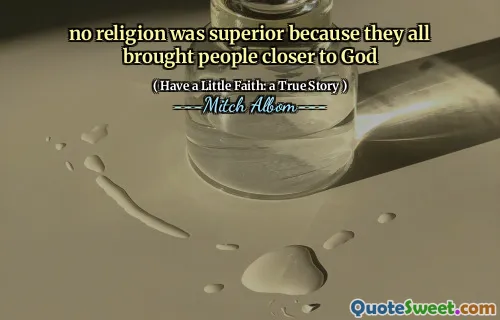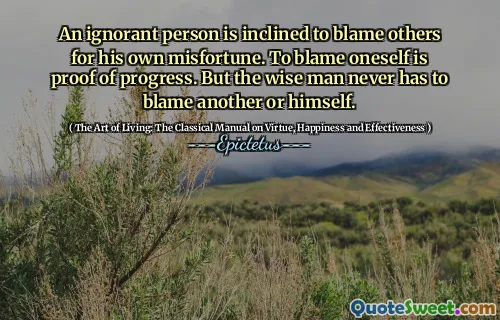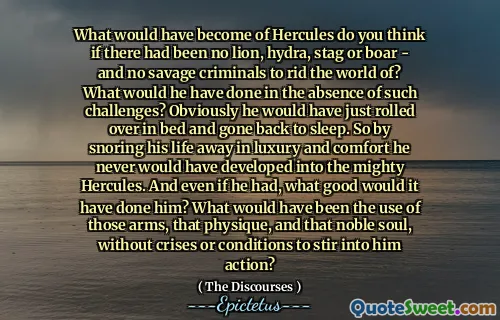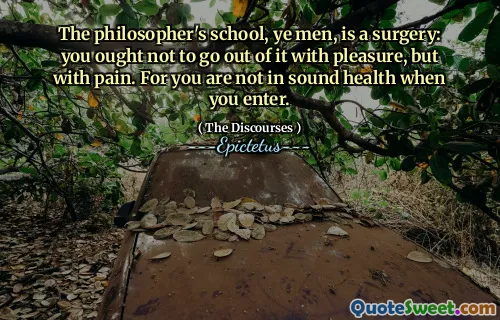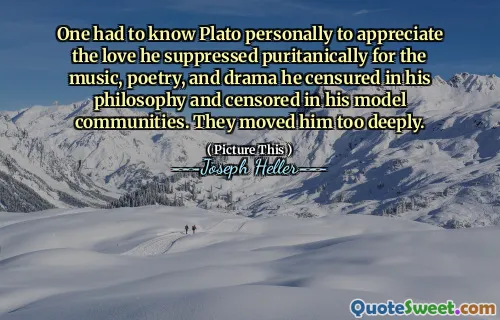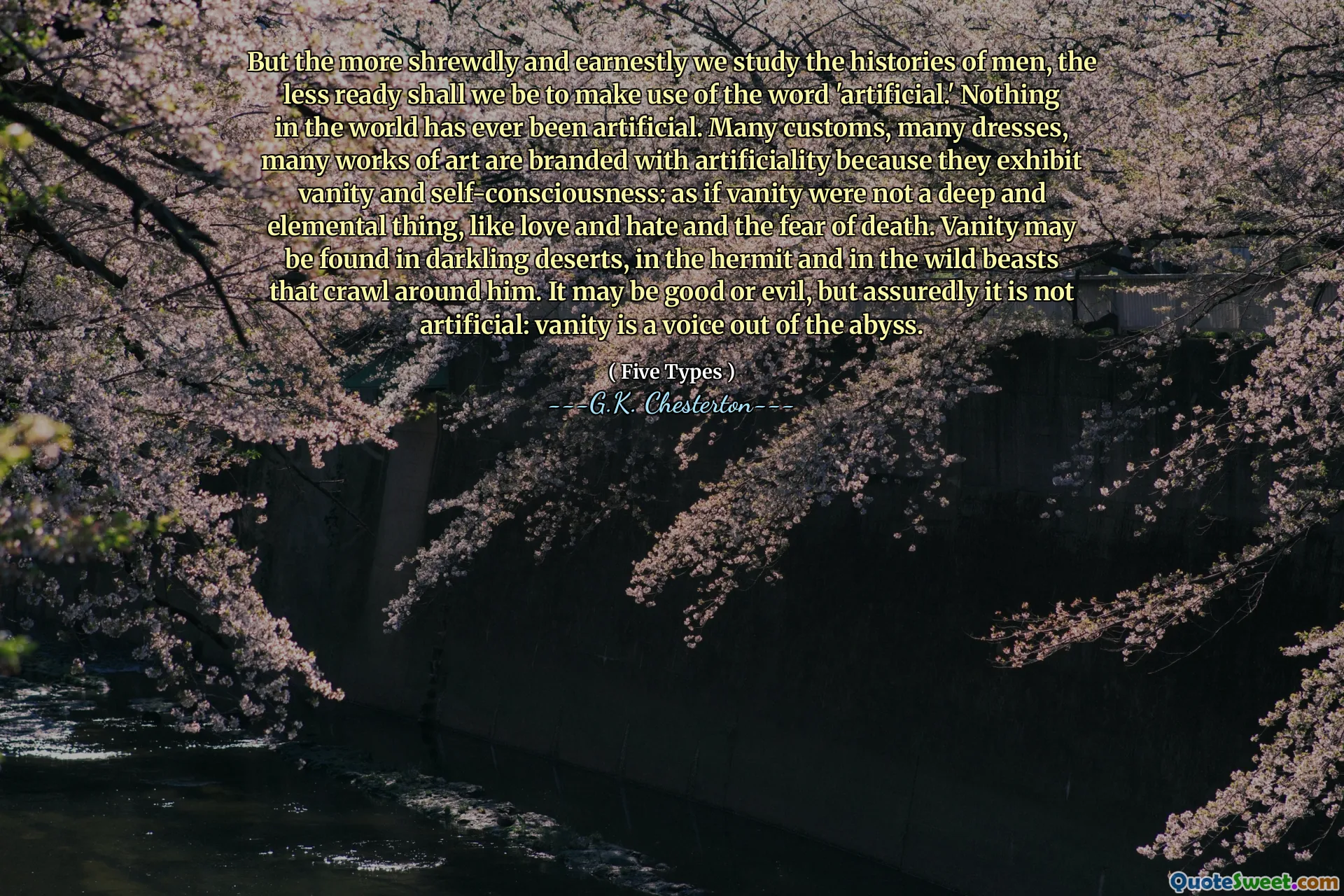
But the more shrewdly and earnestly we study the histories of men, the less ready shall we be to make use of the word 'artificial.' Nothing in the world has ever been artificial. Many customs, many dresses, many works of art are branded with artificiality because they exhibit vanity and self-consciousness: as if vanity were not a deep and elemental thing, like love and hate and the fear of death. Vanity may be found in darkling deserts, in the hermit and in the wild beasts that crawl around him. It may be good or evil, but assuredly it is not artificial: vanity is a voice out of the abyss.
This fascinating quote from ---G.K. Chesterton--- offers a profound meditation on the nature of artificiality, vanity, and the human condition. Chesterton challenges the common presumption that artifice or artificiality in customs, art, or dress is something unnatural or superficial. Instead, he urges us to reconsider the very meaning of what is 'artificial,' arguing that nothing in the world is truly artificial once we delve deeply enough into human history and nature. The accusation of artificiality often masks a deeper truth: vanity, a powerful and elemental human force akin to love, hate, or fear, that fuels much of human expression.
What makes this reflection particularly compelling is its assertion that vanity is not just a trivial flaw but a universal and primal voice echoing 'out of the abyss,' found even in the deserts, hermits, and wild beasts. Chesterton elevates vanity from mere pride or superficiality to a fundamental aspect of existence, a vital expression of our existential fears and desires. This perspective encourages a more compassionate and authentic understanding of human behaviors, suggesting that what we label as artificial may, in fact, be manifestations of deep existential truths and instincts.
In essence, the quote invites us to honor the complexities of human nature rather than dismiss them as fake or contrived. It insists that what might seem artificial is often a profound communication of inner realities — a viewpoint that can reshape how we look at culture, art, and the myriad expressions of selfhood.

